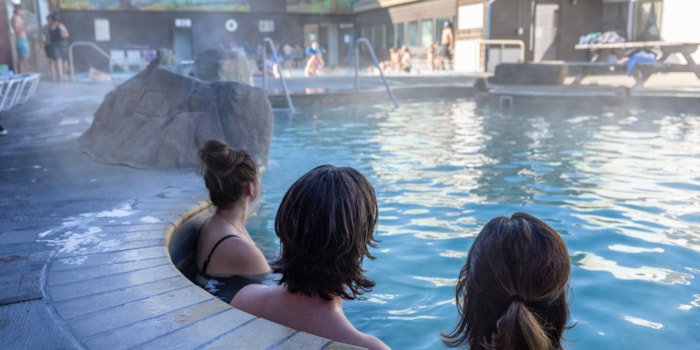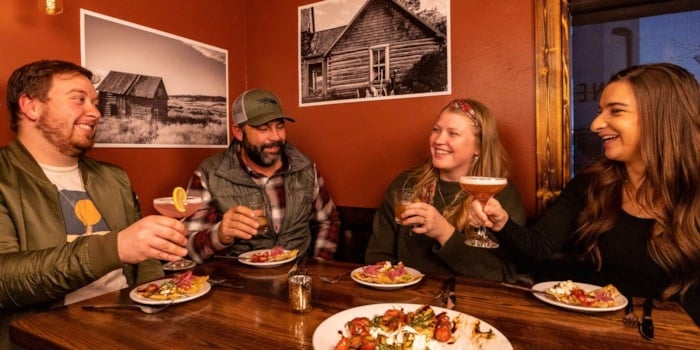Conrad Museum Features Hutterite Display
Posted August 15, 2013
 Yesterday I was in Conrad, Montana and learned that the Pondera Historical Museum there had put together a new exhibit about Hutterites.
Yesterday I was in Conrad, Montana and learned that the Pondera Historical Museum there had put together a new exhibit about Hutterites.
Hutterite colonies are frequently seen as you are driving Montana’s roadways and when you see Hutterite people you recognize them by their dress.
Women and girls wear ankle-length dresses with aprons and their hair is covered with a scarf. Their clothing is handmade at the colony. Men and boys wear black trousers (usually you’ll see black suspenders holding up the trousers), bright colored shirts, a solid black jacket and a cap or hat. The museum had a display of clothing typically worn by Hutterite women.
Another piece of trivia – once a Hutterite man is married he grows a beard. Unmarried Hutterite men are clean-shaven.
Hutterites are anabaptist and are baptized as they enter adulthood. Religion plays a strong part in their daily lives.
We refer to Hutterite “colonies” but they have separate living quarters and then meals are eaten in a communal dining hall.
 I’ve always felt that Hutterites have quite a strict heirarchy – each division of duties has a boss ranging from a female kitchen boss to a male dairy boss.
I’ve always felt that Hutterites have quite a strict heirarchy – each division of duties has a boss ranging from a female kitchen boss to a male dairy boss.
The top person in a Hutterite colony is the minister. Languages spoken are high German and English.
The museum’s display about Hutterites is small but has some very good information. I also noticed a book about Hutterite life for sale at the museum.
The Pondera Historical Museum (sometimes referred to as the Transportation Museum) has many other displays ranging from antique automobiles to antique drug store items.
It’s worth a visit if you are near Conrad.
Recent Posts

August 3, 2023
Escape the mundane and travel south of the border for award-winning microbreweries, tiki bars with mermaids, live music in the…
Read More
July 7, 2023
If you’re looking for a place to expand your horizons, literally and figuratively, then Central Montana needs to be at…
Read More
November 24, 2023
It’s wintertime and the holiday season is in full swing in Central Montana! If you’re in the region visiting friends…
Read More









